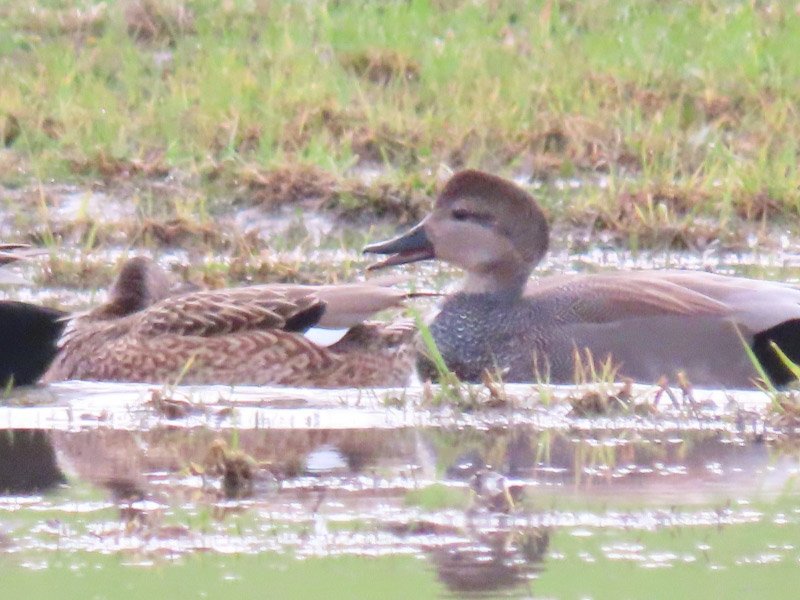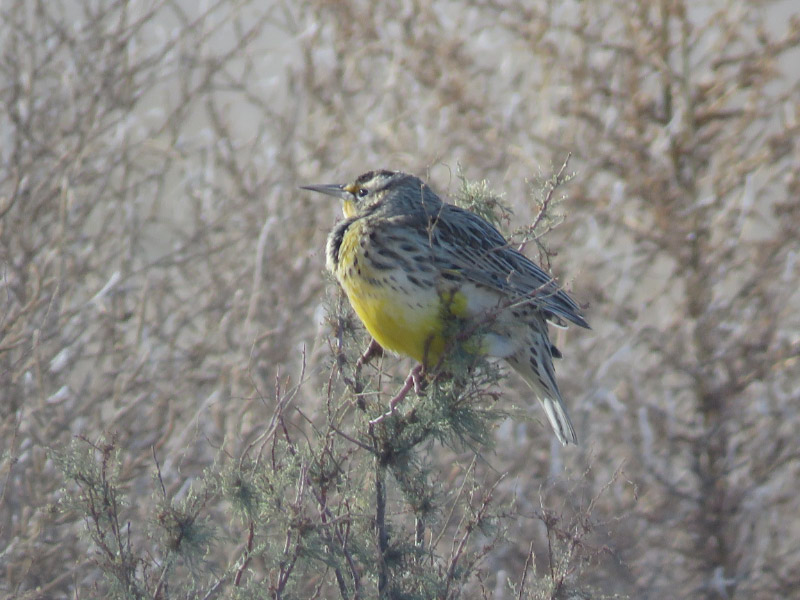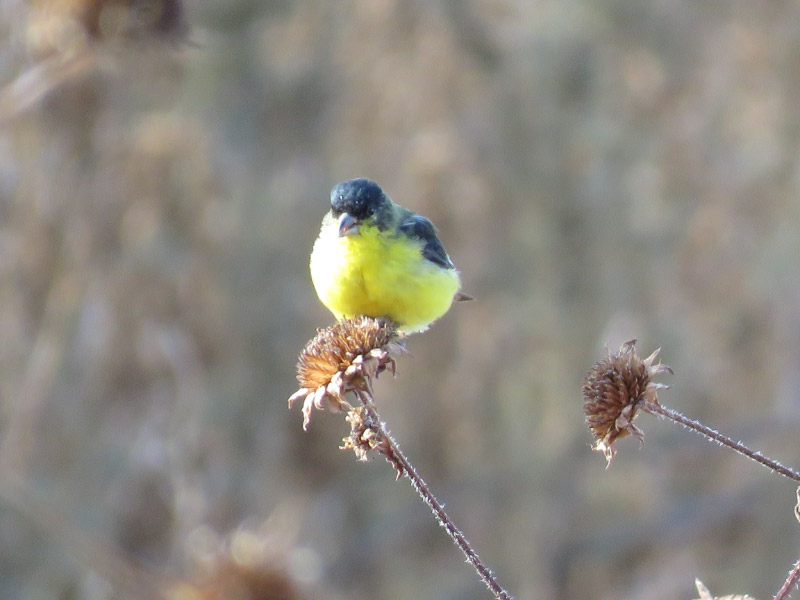Hagerman National Wildlife Refuge – February 2024
/I left my hotel in Plano TX early enough to get to Hagerman National Wildlife Refuge about 15 minutes after sunrise. It was a cloudy morning, so the light stayed muted during my drive along the wildlife road. There were a lot of pintails feeding in the shallow water. They sometimes blend in with the vegetation and only become noticeable because they are moving!
In my favorite pintail picture of the morning, the bird seemed to be posing!
There were a few Northern Shovelers. I saw a lot more of them in previous winters.
A yellowlegs was in the same pond where I had seen one many times before. I’m not sure whether it is a lesser or greater. The coloring looks more like a lesser but the bill is long like a greater! I don’t have anything to help me gauge the size.
The male red-winged blackbirds were raucously defining their territory.
I spotted meadowlarks several times but only got one (not very good) picture.
A group of gadwalls was feeding in the shallows. They look like they are interacting with each other more than the group of feeding pintails were.
I didn’t see any snow geese until later in my visit…and then I saw a small flock just before I left. I didn’t see the large flocks this year at Hagerman. I wondered if the avian flu reduced their numbers or if the odd winter weather has the geese wintering elsewhere.
As I left to continue my drive toward home, I savored the hour well-spent!



































































